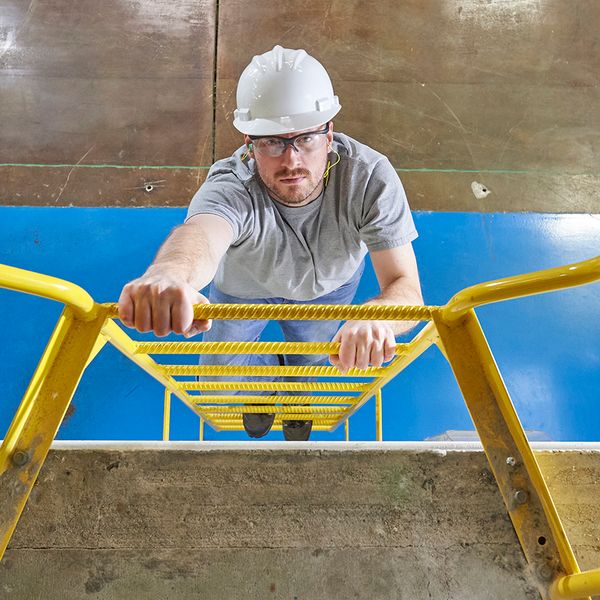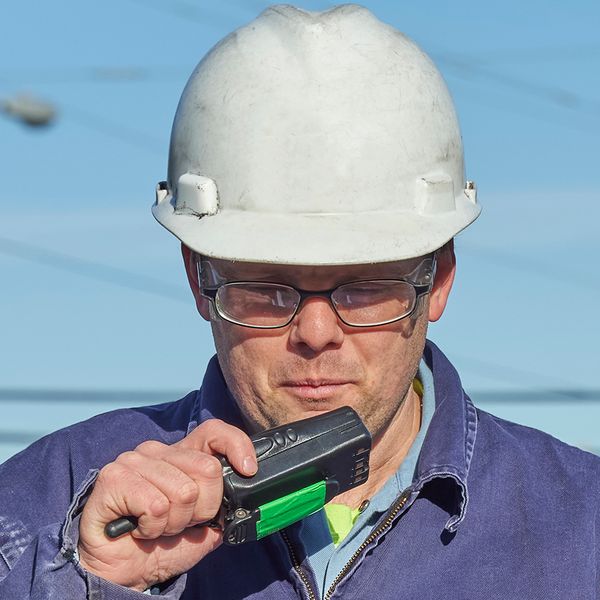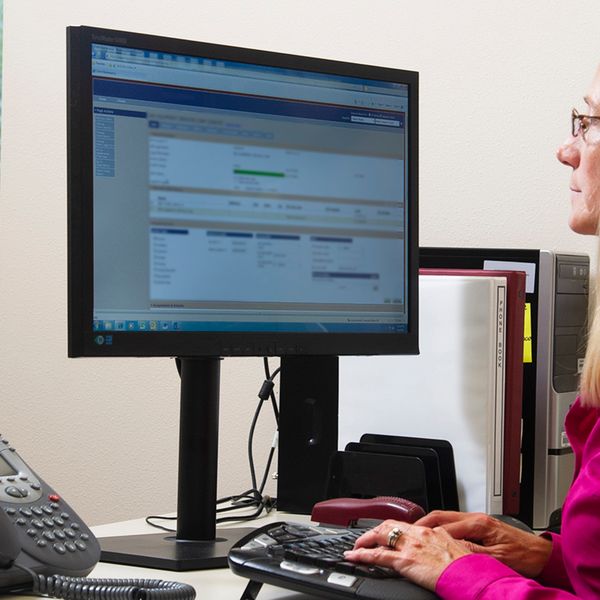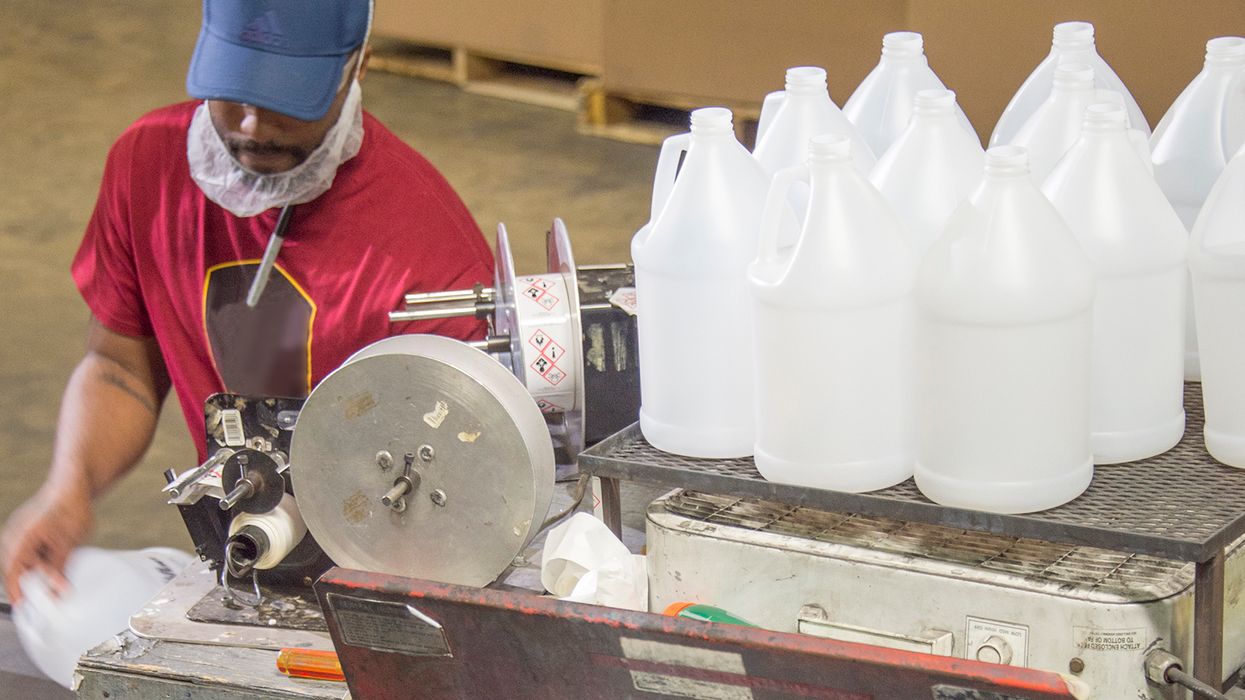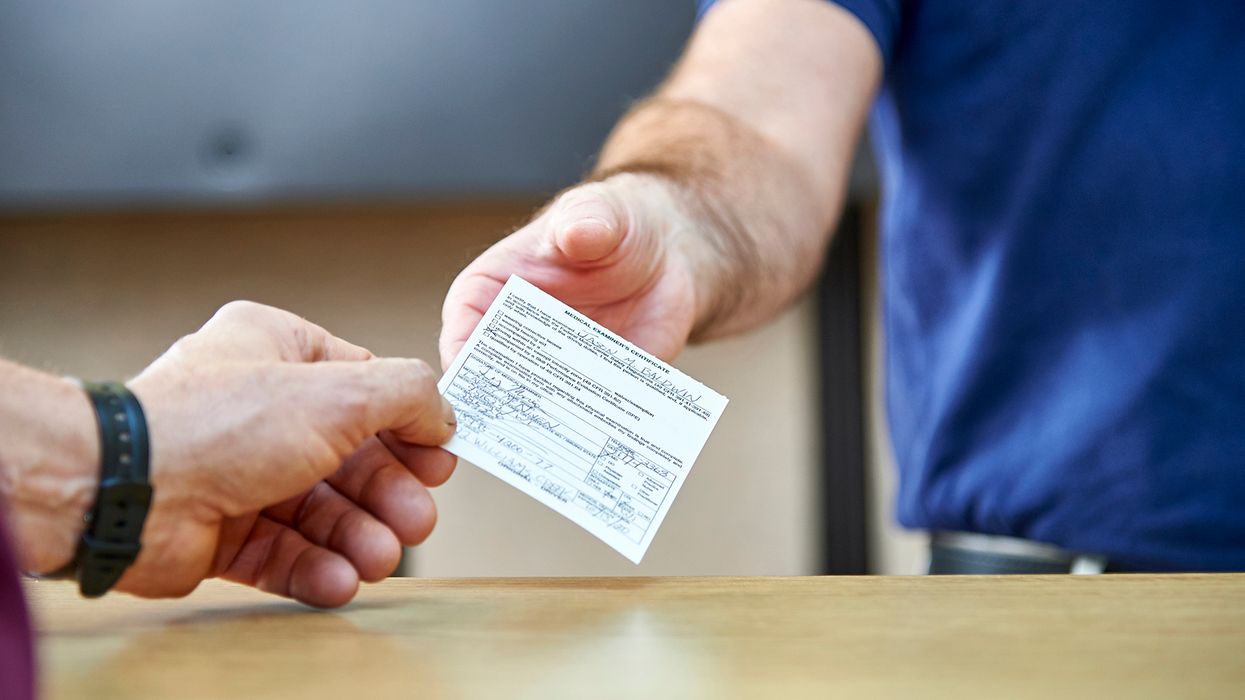Ensure that employees who work alone prioritize their own safety
Despite a common misconception, OSHA doesn’t regulate employees working alone, at least in most cases. However, lone workers should understand any risks or hazards and place their own safety above any other concerns.
A few OSHA regulations address working alone, such as interior structural firefighting or working in permit required confined spaces. However, working alone is unavoidable for some jobs, like a night security guard. OSHA encourages employers to develop emergency procedures and provide communication options (like cell phones) for employees working alone.
What prompted the concern?
To determine if someone could safely work alone in a specific situation, the first step is to evaluate why that concern arose. Questions to consider might include:
- What hazards will the employee face, and what is the likelihood the employee will need help in an emergency? Consider both the probability of an incident as well as the severity.
- Did the concern arise because of external threats, such as a security guard who could face a violent situation? Or did the concern arise because of job hazards, such as working with dangerous equipment? How can those hazards be reduced or eliminated?
- Will the employee have a cell phone and designated contact? Will another employee or manager be on call? How long would someone else take to respond?
Keep in mind that unless security cameras are continually monitored, they do not provide any protection for lone workers. If an incident occurs, video recordings might help determine what happened, but cameras cannot prevent an incident from occurring.
For related information, see our article One is the loneliest number: Five steps to lone worker safety.
Trusting the worker
When a job requires working alone, the employer will presumably select a responsible and trustworthy employee. The employer should train that person to recognize hazards, use caution, and avoid any tasks that create an unacceptable level of risk. Lone workers must understand that they are responsible for their own safety and should carefully consider the potential consequences of any actions. If they have to stop and think about whether they can perform a specific task safely, then skipping that task may be best.
Supervisors should be wary of reprimanding lone workers for “not doing the job.” If tasks were not completed because lone workers felt uncomfortable, they should be praised for prioritizing their safety and refusing to put themselves at risk. Supervisors should not inadvertently encourage them to take risks. Instead, ask the employee to explain why they could not complete the task and try to think of alternative procedures that might get the job done with lower risk.
Establishing a check-in procedure could also be an option. Determine how the worker should check in, with whom, and how frequently. That could mean calling a manager before starting a particular task and again upon completion. In addition, decide on a response if the employee misses a call. Will the manager visit the site to check on the worker? For related information, see our article Lone Workers: A recommended policy.
Employers must balance the potential risks to someone working alone against the costs of scheduling a second worker. Options may range from having someone on call to simply delaying specific projects until additional workers are on duty.
Key to remember: OSHA does not prohibit employees from working alone, but employers should carefully evaluate the hazards and ensure that lone workers do not take unnecessary risks.






